DO NOT HARD CODE ANYTHING Write a class that maintains the s
DO NOT HARD CODE ANYTHING!
Write a class that maintains the scores for a game application. Implement the addition and removal function to update the database. The gamescore.txt contains player’ name and score data record fields separated by comma. For Removal function, uses the name field to select record to remove the game score record.
Use the List.java, LList.java, Dlink.java, GameEntry.java and gamescore.txt found below
Read gamescore.txt to initialize the Linked list in sorted order by score.
Important****ASK the user to Remove, Add and update function to the sorted linked list.
Display “Name exist” when add an exist name to the list.
Display “Name does not exist” when remove a name not on the list.
List.java File:
/** Source code example for \"A Practical Introduction to Data
Structures and Algorithm Analysis, 3rd Edition (Java)\"
by Clifford A. Shaffer
Copyright 2008-2011 by Clifford A. Shaffer
*/
/** List ADT */
public interface List<E>
{
/**
* Remove all contents from the list, so it is once again empty. Client is
* responsible for reclaiming storage used by the list elements.
*/
public void clear();
/**
* Insert an element at the current location. The client must ensure that
* the list\'s capacity is not exceeded.
*
* @param item
* The element to be inserted.
*/
public void insert(E item);
/**
* Append an element at the end of the list. The client must ensure that
* the list\'s capacity is not exceeded.
*
* @param item
* The element to be appended.
*/
public void append(E item);
/**
* Remove and return the current element.
*
* @return The element that was removed.
*/
public E remove();
/** Set the current position to the start of the list */
public void moveToStart();
/** Set the current position to the end of the list */
public void moveToEnd();
/**
* Move the current position one step left. No change if already at
* beginning.
*/
public void prev();
/**
* Move the current position one step right. No change if already at end.
*/
public void next();
/** @return The number of elements in the list. */
public int length();
/** @return The position of the current element. */
public int currPos();
/**
* Set current position.
*
* @param pos
* The position to make current.
*/
public void moveToPos(int pos);
/** @return The current element. */
public E getValue();
}
LList.java File:
/**
* Source code example for \"A Practical Introduction to Data Structures and
* Algorithm Analysis, 3rd Edition (Java)\" by Clifford A. Shaffer Copyright
* 2008-2011 by Clifford A. Shaffer
*/
// Doubly linked list implementation
class LList<E> implements List<E>
{
private DLink<E> head; // Pointer to list header
private DLink<E> tail; // Pointer to last element in list
protected DLink<E> curr; // Pointer ahead of current element
int cnt; // Size of list
// Constructors
LList(int size)
{
this();
} // Ignore size
LList()
{
curr = head = new DLink<E>(null, null); // Create header node
tail = new DLink<E>(head, null);
head.setNext(tail);
cnt = 0;
}
public void clear()
{ // Remove all elements from list
head.setNext(null); // Drop access to rest of links
curr = head = new DLink<E>(null, null); // Create header node
tail = new DLink<E>(head, null);
head.setNext(tail);
cnt = 0;
}
public void moveToStart() // Set curr at list start
{
curr = head;
}
public void moveToEnd() // Set curr at list end
{
curr = tail.prev();
}
/** Insert \"it\" at current position */
public void insert(E it)
{
curr.setNext(new DLink<E>(it, curr, curr.next()));
curr.next().next().setPrev(curr.next());
cnt++;
}
/** Append \"it\" to list */
public void append(E it)
{
tail.setPrev(new DLink<E>(it, tail.prev(), tail));
tail.prev().prev().setNext(tail.prev());
cnt++;
}
/** Remove and return current element */
public E remove()
{
if (curr.next() == tail)
return null; // Nothing to remove
E it = curr.next().element(); // Remember value
curr.next().next().setPrev(curr);
curr.setNext(curr.next().next()); // Remove from list
cnt--; // Decrement the count
return it; // Return value removed
}
/** Move curr one step left; no change if at front */
public void prev()
{
if (curr != head) // Can\'t back up from list head
curr = curr.prev();
}
// Move curr one step right; no change if at end
public void next()
{
if (curr != tail.prev())
curr = curr.next();
}
public int length()
{
return cnt;
}
// Return the position of the current element
public int currPos()
{
DLink<E> temp = head;
int i;
for (i = 0; curr != temp; i++)
temp = temp.next();
return i;
}
// Move down list to \"pos\" position
public void moveToPos(int pos)
{
assert (pos >= 0) && (pos <= cnt) : \"Position out of range\";
curr = head;
for (int i = 0; i < pos; i++)
curr = curr.next();
}
public E getValue()
{
// Return current element
if (curr.next() == tail)
return null;
return curr.next().element();
}
// reverseList() method that reverses the LList
public void reverseList()
{
LList<E> revList = new LList<E>();
curr = tail.prev();
while (curr != head)
{
revList.append(curr.element());
curr = curr.prev();
}
head.setNext(revList.head.next());
}
// Extra stuff not printed in the book.
/**
* Generate a human-readable representation of this list\'s contents that
* looks something like this: < 1 2 3 | 4 5 6 >. The vertical bar
* represents the current location of the fence. This method uses
* toString() on the individual elements.
*
* @return The string representation of this list
*/
public String toString()
{
// Save the current position of the list
int oldPos = currPos();
int length = length();
StringBuffer out = new StringBuffer((length() + 1) * 4);
moveToStart();
out.append(\"< \");
for (int i = 0; i < oldPos; i++)
{
if (getValue() != null)
{
out.append(getValue());
out.append(\" \");
}
next();
}
out.append(\"| \");
for (int i = oldPos; i < length; i++)
{
out.append(getValue());
out.append(\" \");
next();
}
out.append(\">\");
moveToPos(oldPos); // Reset the fence to its original position
return out.toString();
}
}
DLink.java File:
/** Source code example for \"A Practical Introduction to Data
Structures and Algorithm Analysis, 3rd Edition (Java)\"
by Clifford A. Shaffer
Copyright 2008-2011 by Clifford A. Shaffer
*/
/** Doubly linked list node */
class DLink<E>
{
private E element; // Value for this node
private DLink<E> next; // Pointer to next node in list
private DLink<E> prev; // Pointer to previous node
/** Constructors */
DLink(E it, DLink<E> p, DLink<E> n)
{
element = it;
prev = p;
next = n;
}
DLink(DLink<E> p, DLink<E> n)
{
prev = p;
next = n;
}
/** Get and set methods for the data members */
DLink<E> next()
{
return next;
}
DLink<E> setNext(DLink<E> nextval)
{
return next = nextval;
}
DLink<E> prev()
{
return prev;
}
DLink<E> setPrev(DLink<E> prevval)
{
return prev = prevval;
}
E element()
{
return element;
}
E setElement(E it)
{
return element = it;
}
}
GameEntry.java File:
public class GameEntry {
protected String name;
protected int score;
public GameEntry(String n, int s) {
name = n;
score = s;
}
public String getName() {return name;}
public int getScore() {return score;}
public String toString() {
return \"(\"+name+\",\"+score+\")\";
}
}
gamescore.txt File:
Mike,1105
Rob,750
Paul,720
Anna,660
Rose,590
Jack,510
Solution
package gamescore;
/**
* List ADT
*
* @param <E>
*/
public interface List<E> {
/**
* Clear all elements from the list
*/
public void clear();
/**
* Insert item on the current position of the list
* @param item
*/
public void insert(E item);
/**
* Append item to the end of the list
*
* @param item
*/
public void append(E item);
/**
* Remove element from the current position
*
* @return element
*/
public E remove();
/**
* Move to start of the list
*/
public void moveToStart();
/**
* Move to end of the list
*/
public void moveToEnd();
/**
* Move current pointer to previous node of the list
*/
public void prev();
/**
* Move current pointer to next node of the list
*/
public void next();
/**
* Return total elements in the list
*
* @return length
*/
public int length();
/**
* Return current position of the list
*
* @return currPos
*/
public int currPos();
/**
* Move current pointer to specified position in the list
*
* @param pos
*/
public void moveToPos(int pos);
/**
* Get the value stored at the current position
*
* @return element
*/
public E getValue();
}
package gamescore;
/**
* Doubly linked list node
*
* @param <E>
*/
public class DLink<E> {
private E element; // Stored element
private DLink<E> next; // Pointer to next node
private DLink<E> prev; // Pointer to previous node
public DLink(E element, DLink<E> prev, DLink<E> next) {
this.element = element;
this.prev = prev;
this.next = next;
}
public DLink(DLink<E> prev, DLink<E> next) {
this.prev = prev;
this.next = next;
}
DLink<E> next() {
return next;
}
DLink<E> prev() {
return prev;
}
public E element() {
return element;
}
public void setElement(E element) {
this.element = element;
}
public void setNext(DLink<E> next) {
this.next = next;
}
public void setPrev(DLink<E> prev) {
this.prev = prev;
}
}
package gamescore;
public class LList<E> implements List<E> {
private DLink<E> head;
private DLink<E> tail;
private DLink<E> curr;
int cnt;
public LList() {
curr = head = new DLink<E>(null, null);
tail = new DLink<E>(head, null);
head.setNext(tail);
cnt = 0;
}
@Override
public void clear() {
head.setNext(null);
curr = head = new DLink<E>(null, null);
tail = new DLink<E>(head, null);
head.setNext(tail);
cnt = 0;
}
@Override
public void insert(E item) {
DLink<E> newNode = new DLink<E>(item, curr, curr.next());
curr.setNext(newNode);
curr.next().next().setPrev(newNode);
cnt++;
}
@Override
public void append(E item) {
DLink<E> newNode = new DLink<E>(item, tail.prev(), tail);
tail.setPrev(newNode);
tail.prev().prev().setNext(newNode);
cnt++;
}
@Override
public E remove() {
if(curr.next() == tail) {
return null;
}
E item = curr.next().element();
curr.next().next().setPrev(curr);
curr.setNext(curr.next().next());
cnt--;
return item;
}
@Override
public void moveToStart() {
curr = head;
}
@Override
public void moveToEnd() {
curr = tail.prev().prev();
}
@Override
public void prev() {
if(curr != head) {
curr = curr.prev();
}
}
@Override
public void next() {
if(curr != tail.prev()) {
curr = curr.next();
}
}
@Override
public int length() {
return cnt;
}
@Override
public int currPos() {
DLink<E> temp = head;
int i;
for(i = 0; curr != temp; i++) {
temp = temp.next();
}
return i;
}
@Override
public void moveToPos(int pos) {
curr = head;
for(int i = 0; i < pos; i++) {
curr = curr.next();
}
}
@Override
public E getValue() {
if(curr.next() == tail)
return null;
return curr.next().element();
}
/*
* Representation of the list as format <1,2,3|4,5,6>
* where | represent current position of the list pointer
*/
@Override
public String toString() {
int oldPos = currPos();
int length = length();
StringBuffer out = new StringBuffer((length + 1) * 4);
moveToStart();
out.append(\"< \");
for(int i = 0; i < oldPos; i++) {
if(getValue() != null) {
out.append(getValue());
out.append(\" \");
}
next();
}
out.append(\"|\");
for(int i = oldPos; i < length; i++) {
if(getValue() != null) {
out.append(getValue());
out.append(\" \");
}
next();
}
out.append(\">\");
moveToPos(oldPos);
return out.toString();
}
}
package gamescore;
public class GameEntry {
private String name;
private int score;
public String getName() {
return name;
}
public void setName(String name) {
this.name = name;
}
public int getScore() {
return score;
}
public void setScore(int score) {
this.score = score;
}
@Override
public String toString() {
return \"(\" + name + \",\" + score + \")\";
}
}
package gamescore;
import java.io.BufferedReader;
import java.io.File;
import java.io.FileInputStream;
import java.io.FileNotFoundException;
import java.io.IOException;
import java.io.InputStreamReader;
import java.util.Collections;
import java.util.Comparator;
public class GameAppllication {
/**
* @param args
* @throws IOException
* @throws NumberFormatException
*/
public static void main(String[] args) throws NumberFormatException, IOException {
LList<GameEntry> games = loadGame(\"gamescore.txt\");
System.out.println(games);
games.moveToStart();
System.out.println(games);
System.out.println(games.getValue());
games.moveToEnd();
System.out.println(games);
System.out.println(games.getValue());
games.moveToPos(3);
System.out.println(games.getValue());
}
private static LList<GameEntry> loadGame(String fileName) throws NumberFormatException, IOException {
File file = new File(fileName);
FileInputStream fis = null;
try {
fis = new FileInputStream(file);
} catch (FileNotFoundException e) {
e.printStackTrace();
}
BufferedReader br = new BufferedReader(new InputStreamReader(fis));
String gameScore;
String gamer;
String score;
LList<GameEntry> list = new LList<GameEntry>();
while((gameScore = br.readLine()) != null) {
GameEntry gameEntry = new GameEntry();
gamer = gameScore.split(\",\")[0];
score = gameScore.split(\",\")[1];
gameEntry.setName(gamer);
gameEntry.setScore(Integer.parseInt(score));
list.insert(gameEntry);
}
return list;
}
}
gamescore.txt
Mike,1105
Rob,750
Paul,720
Anna,660
Rose,590
Jack,510
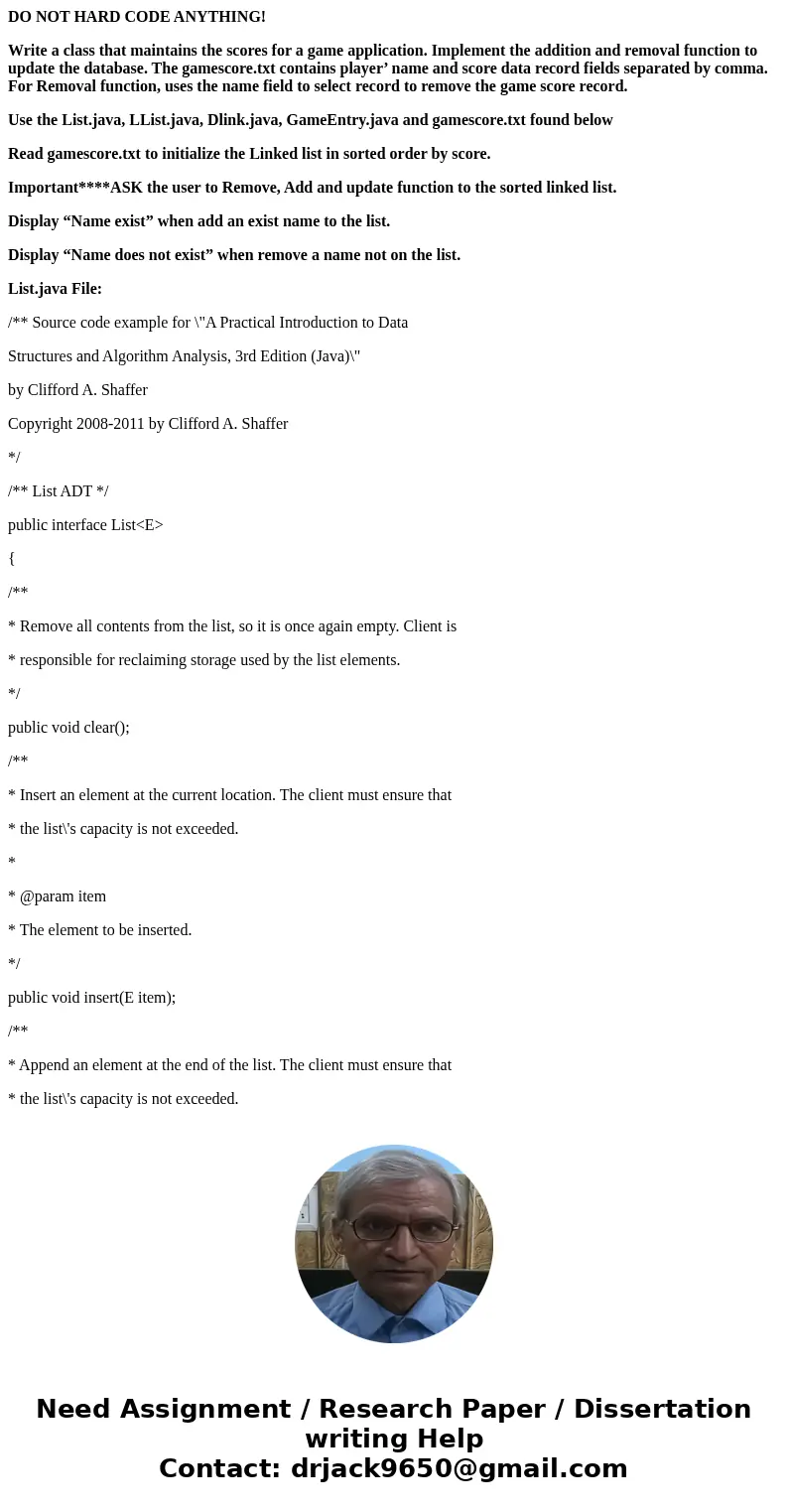
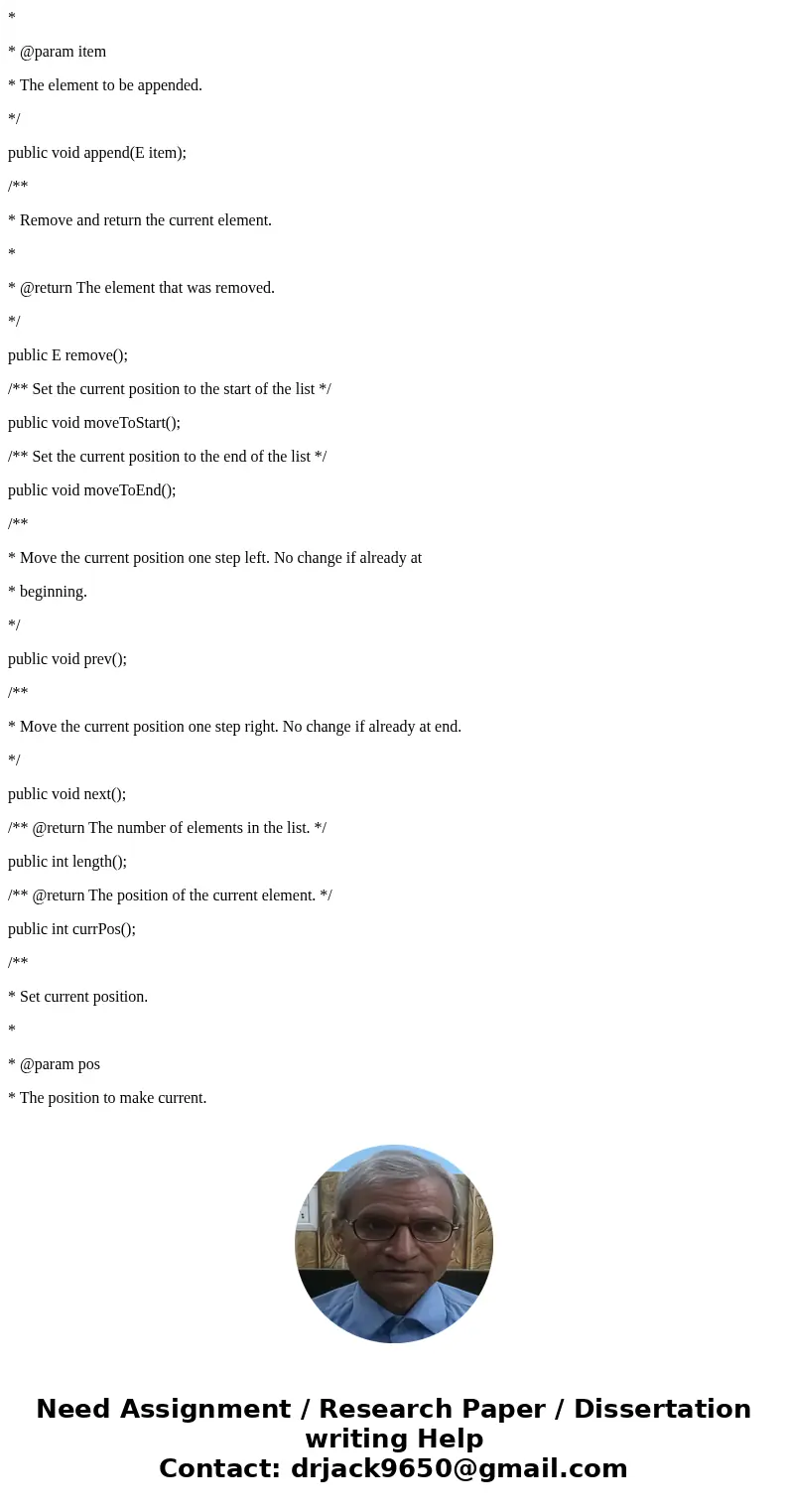
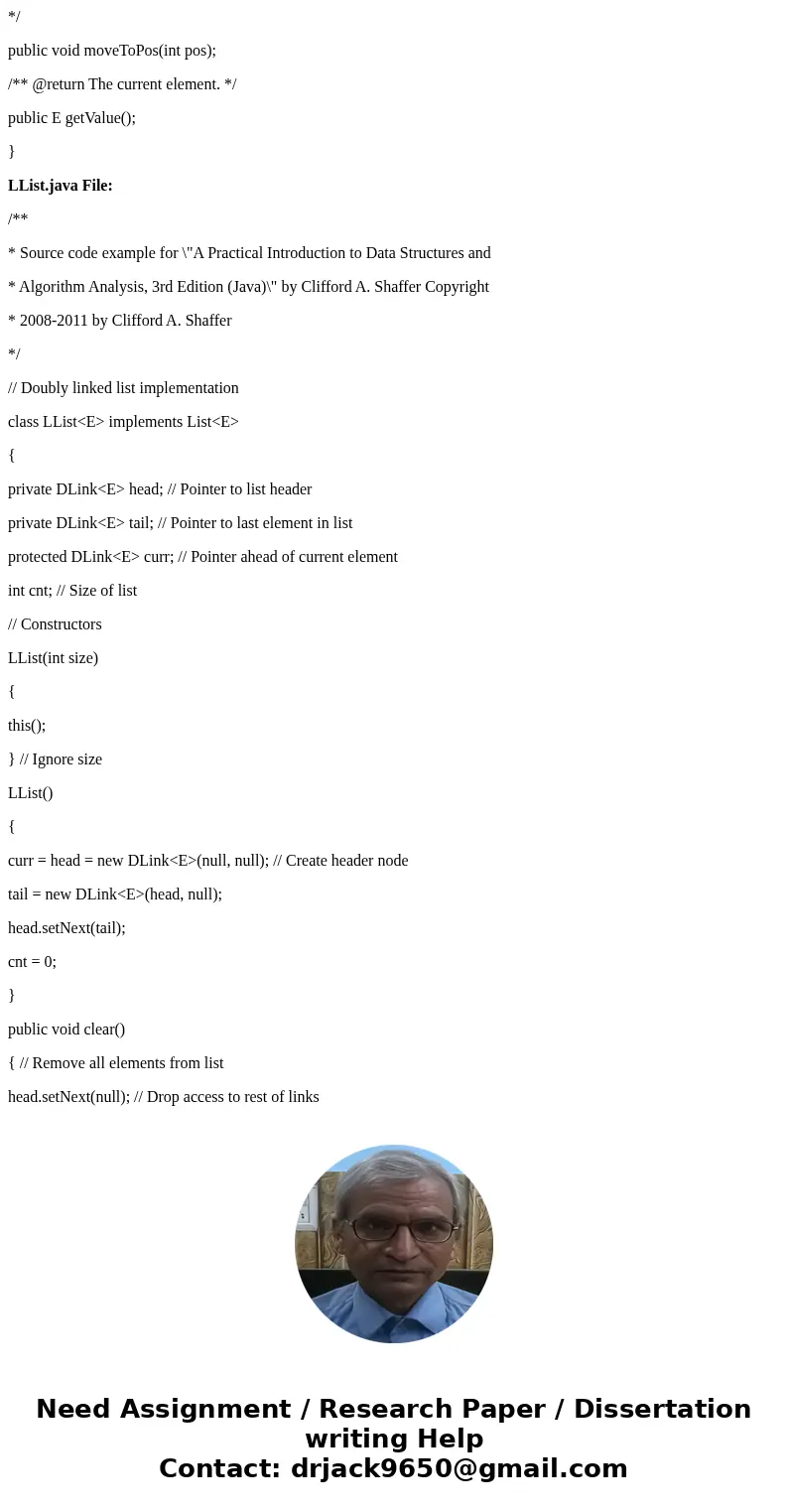
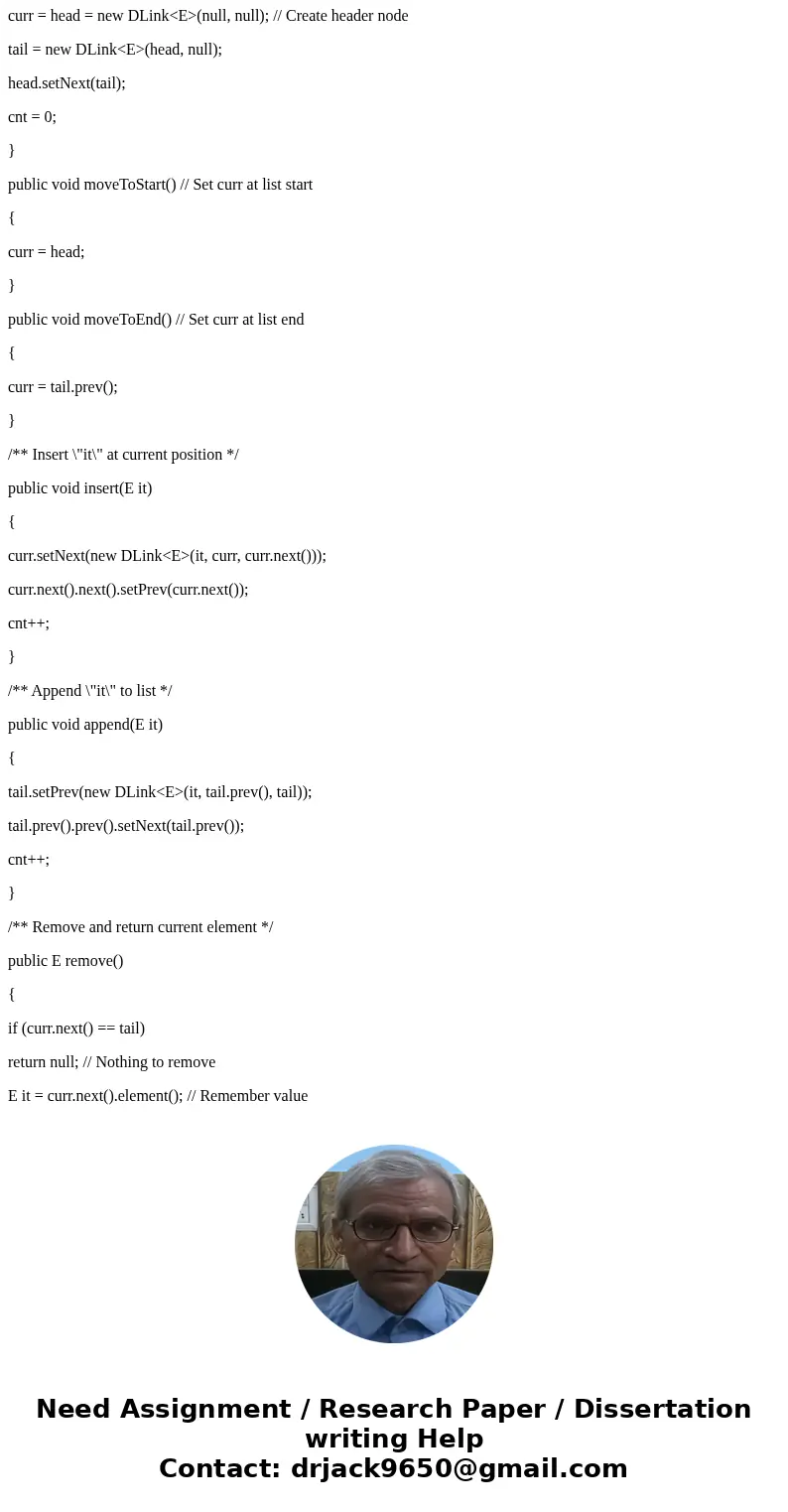
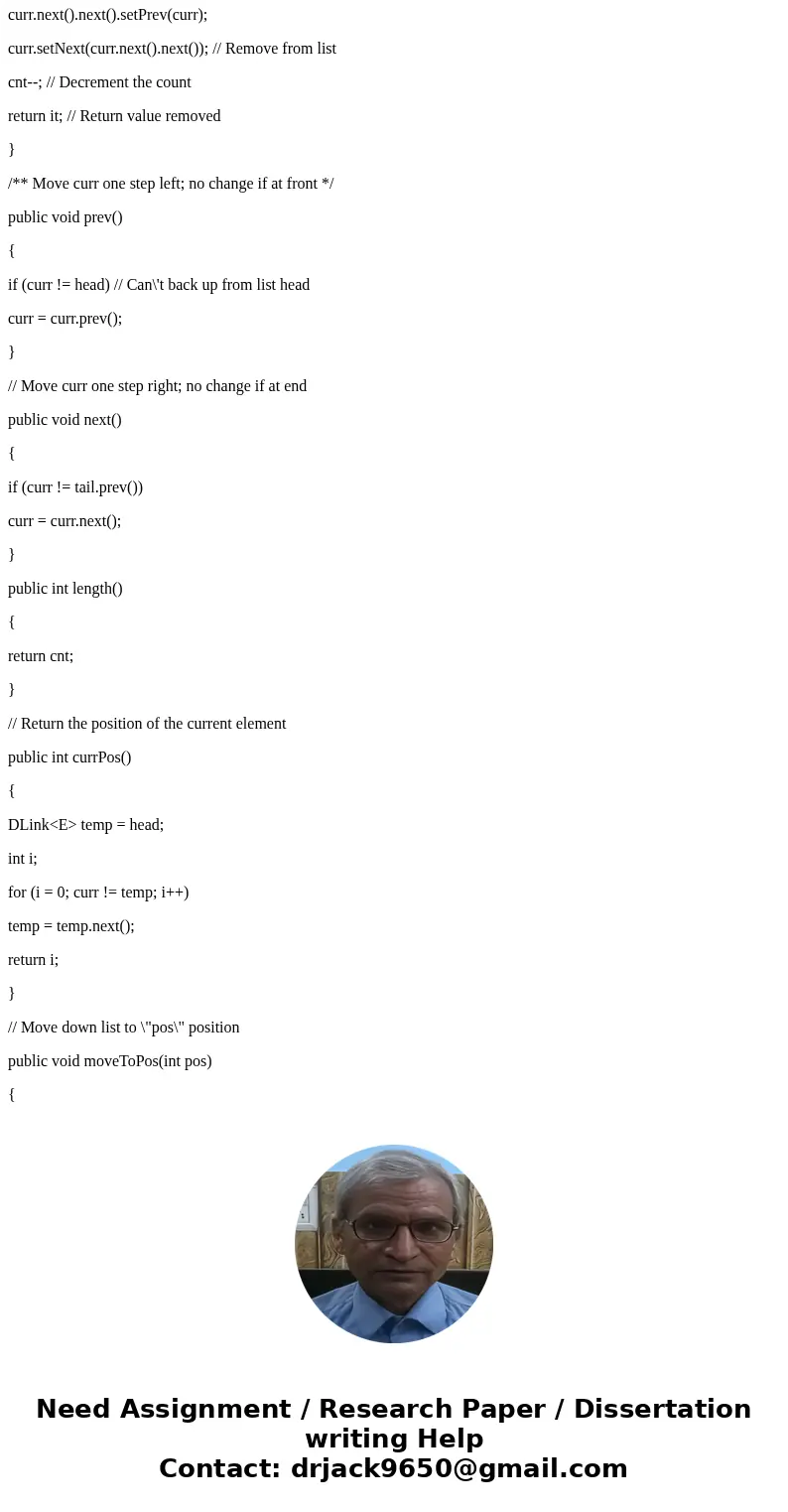
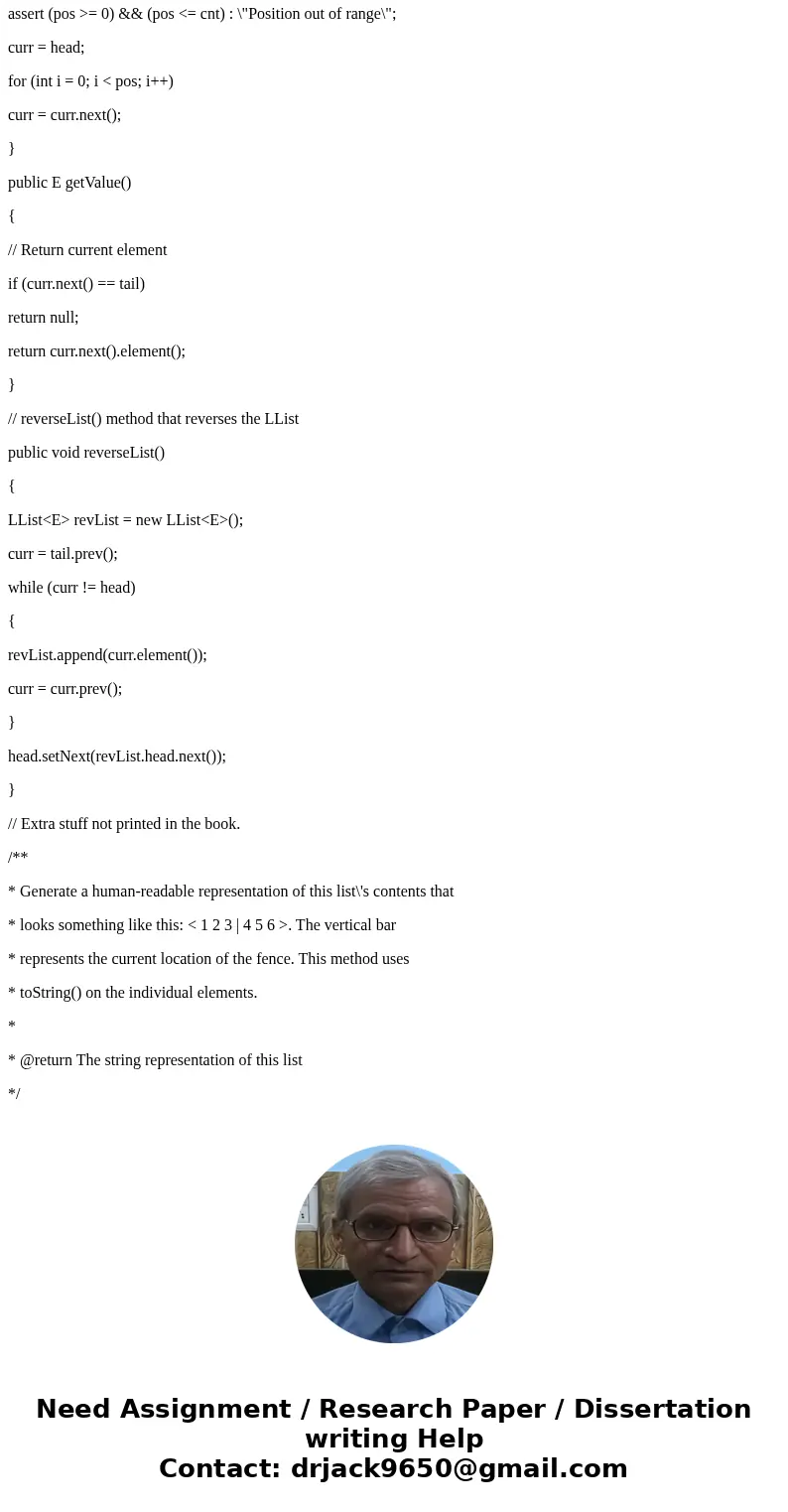
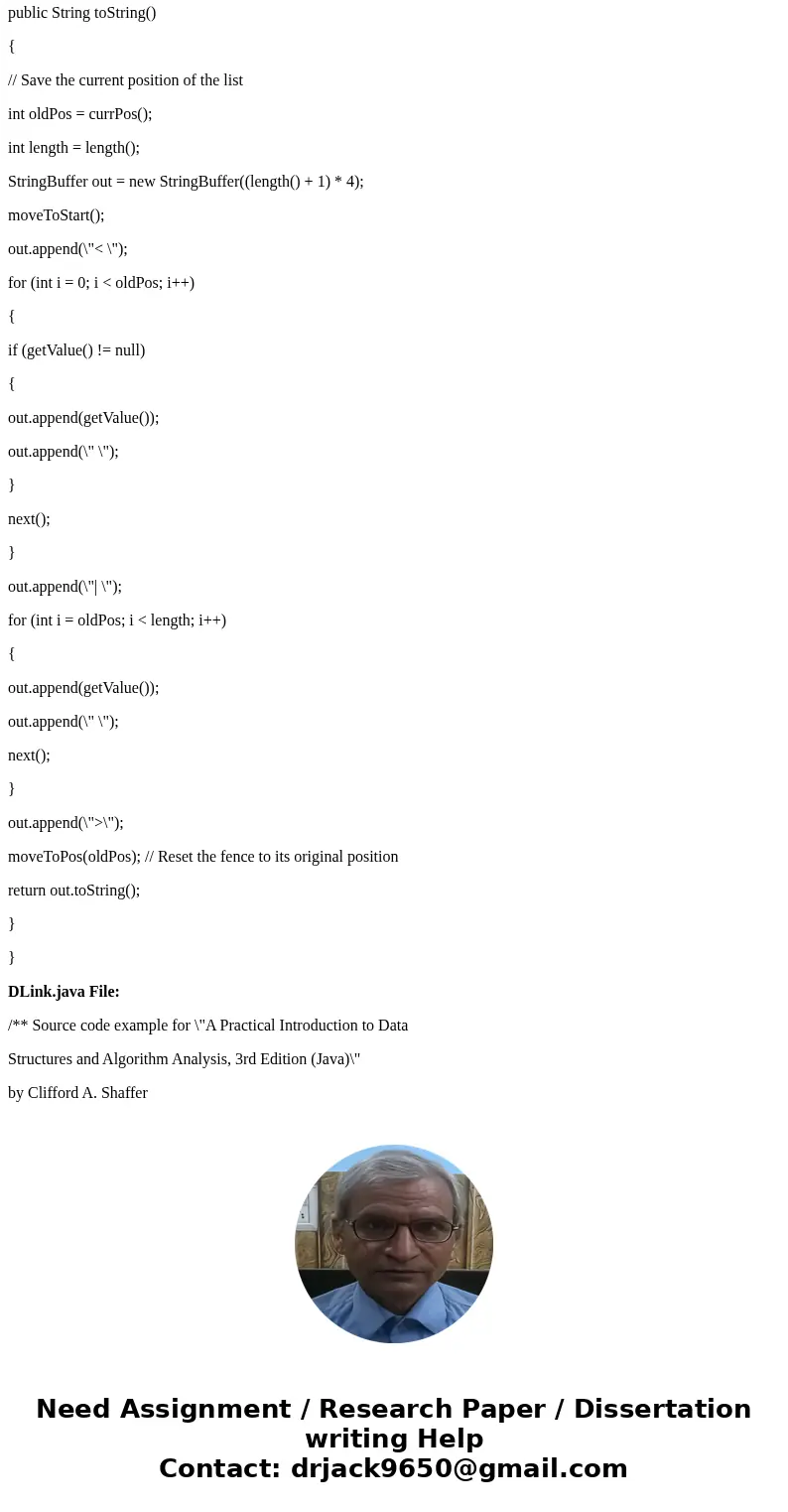
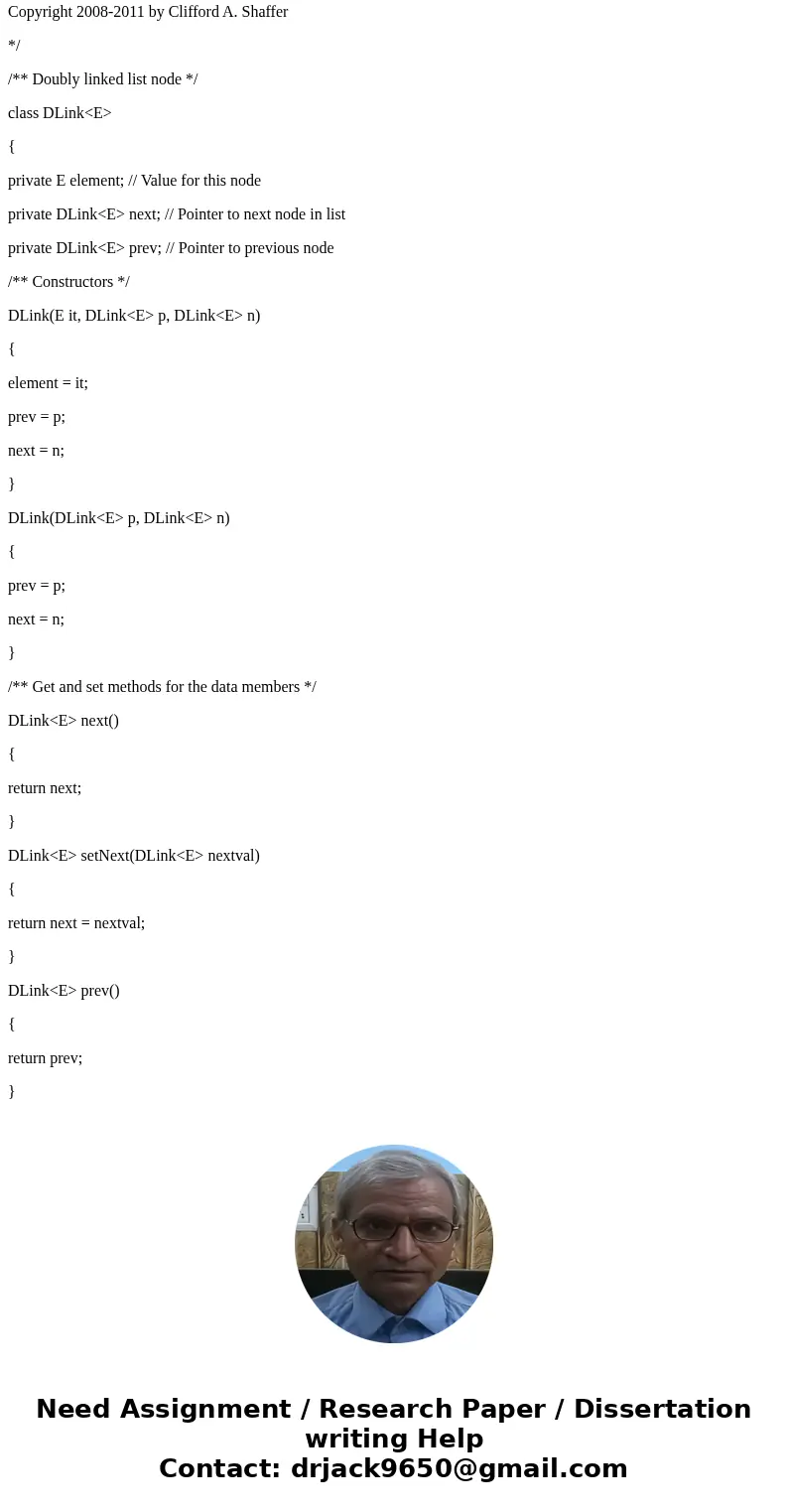
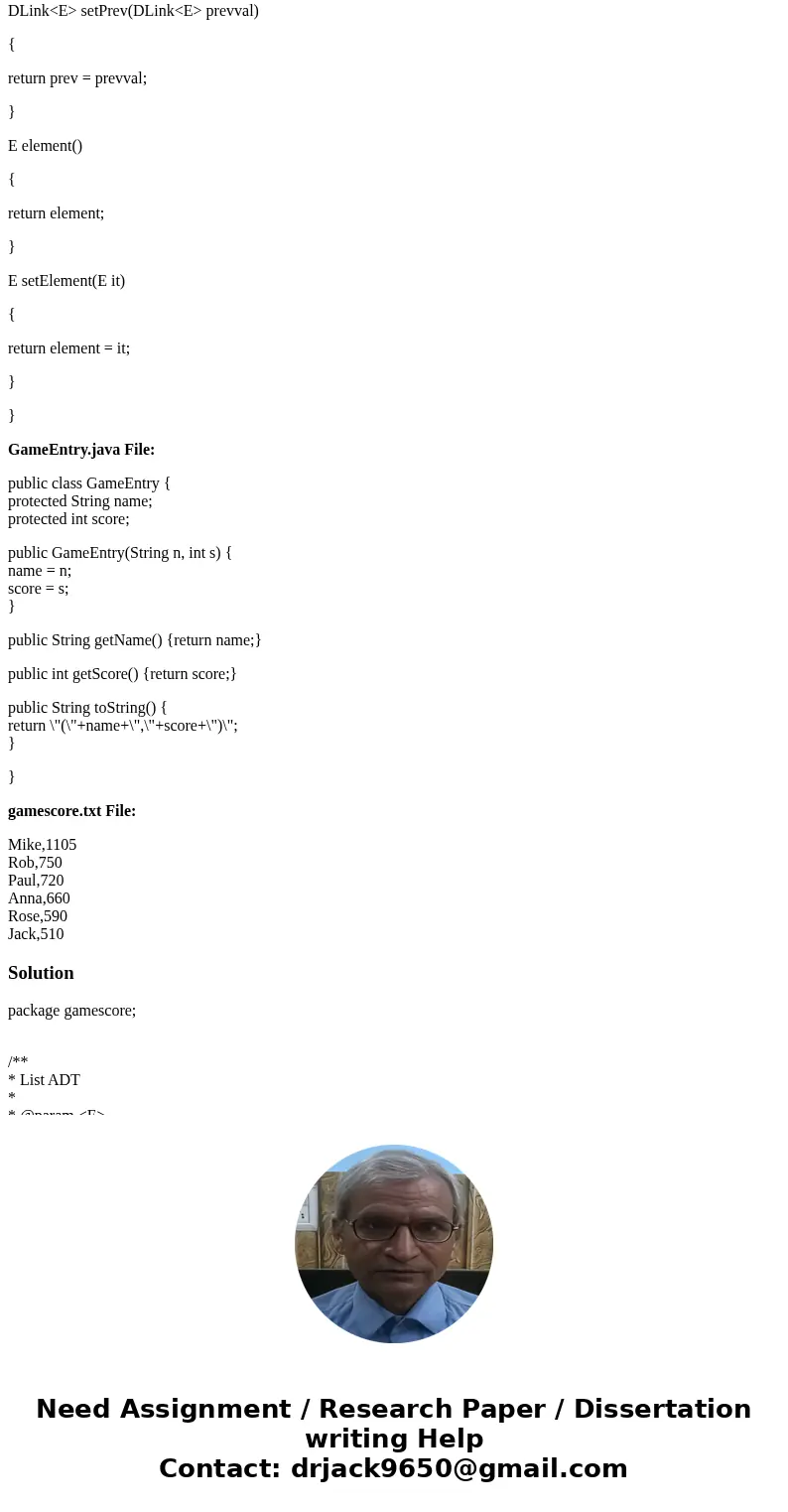
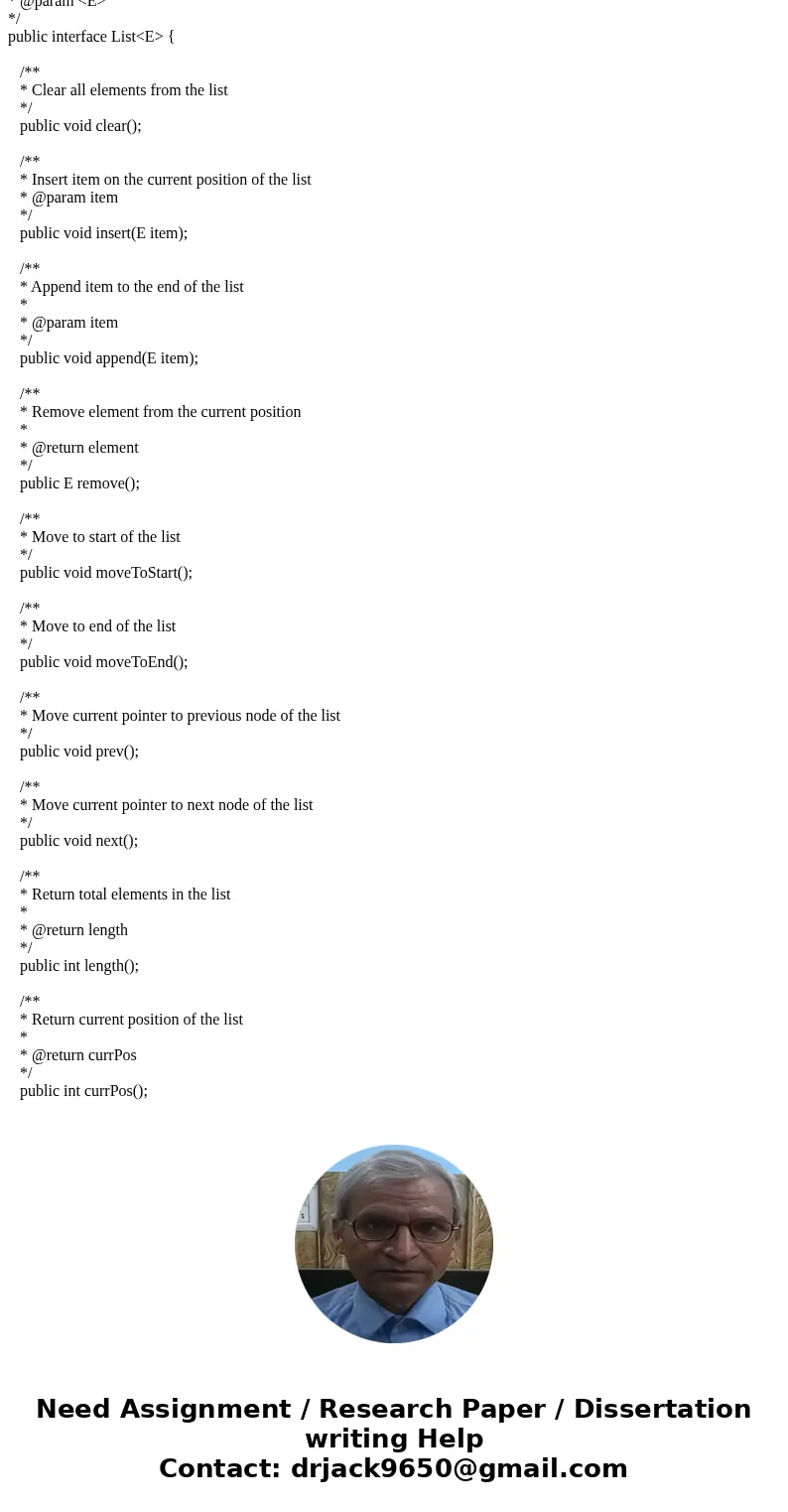
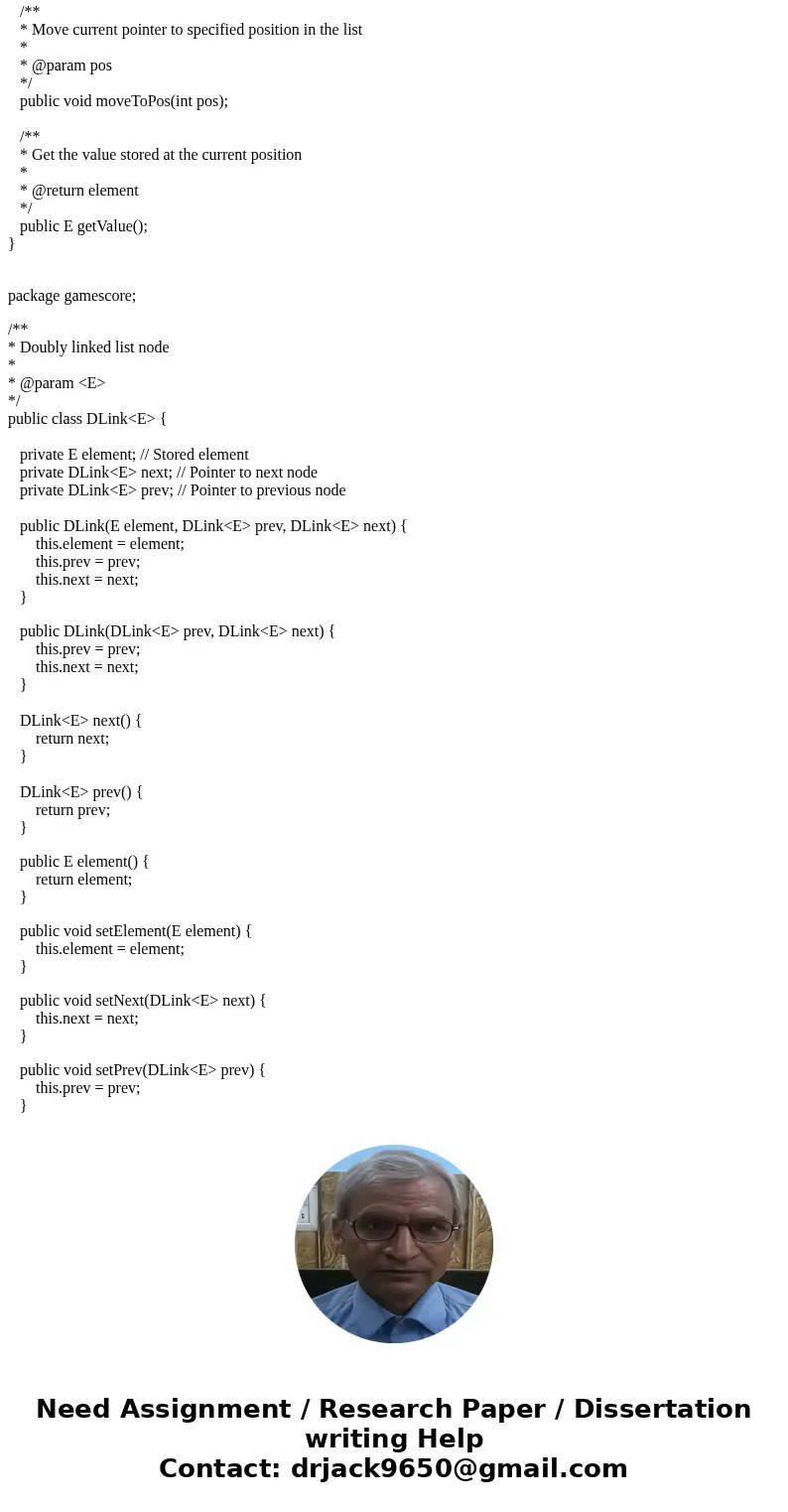
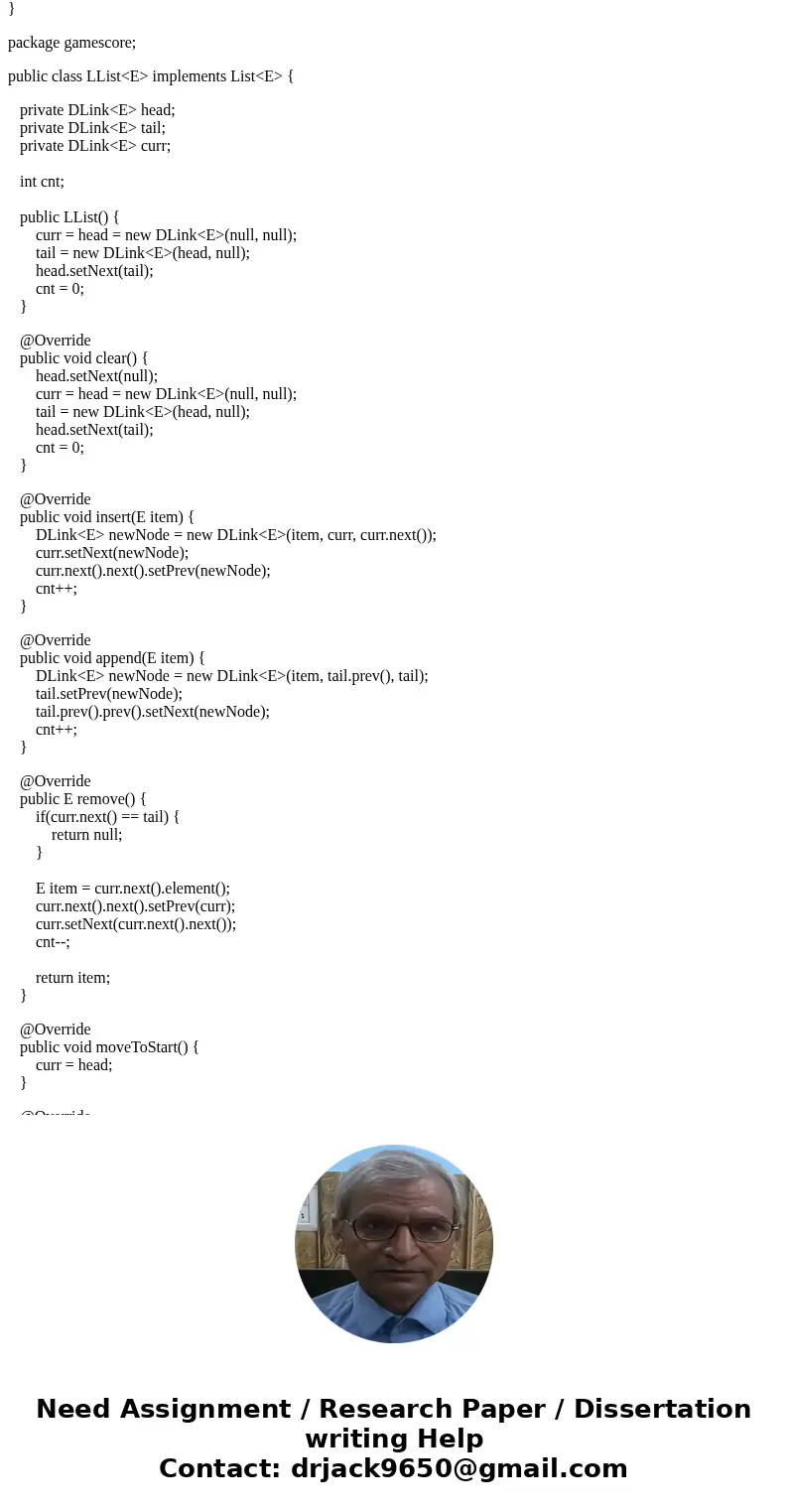
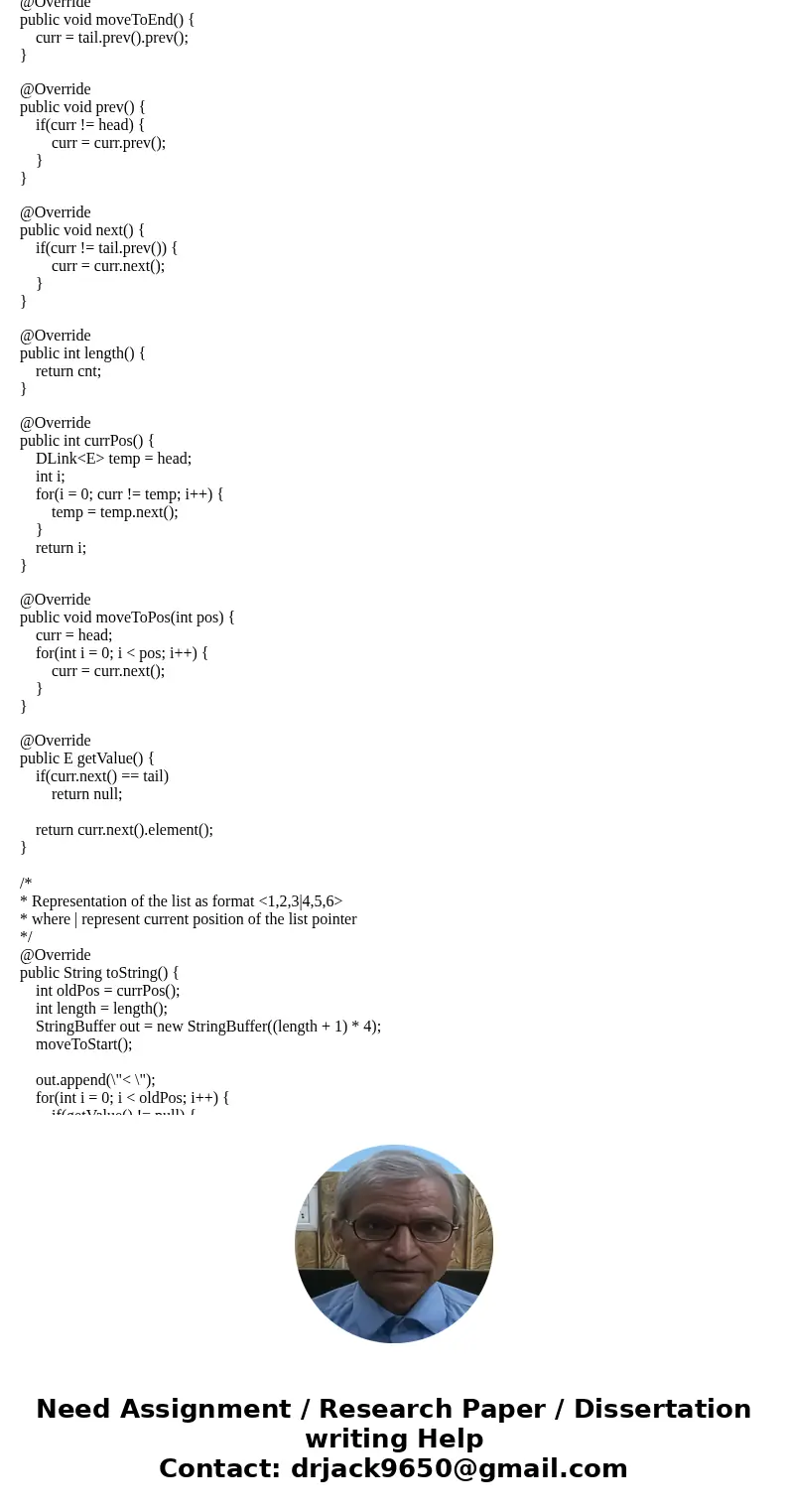
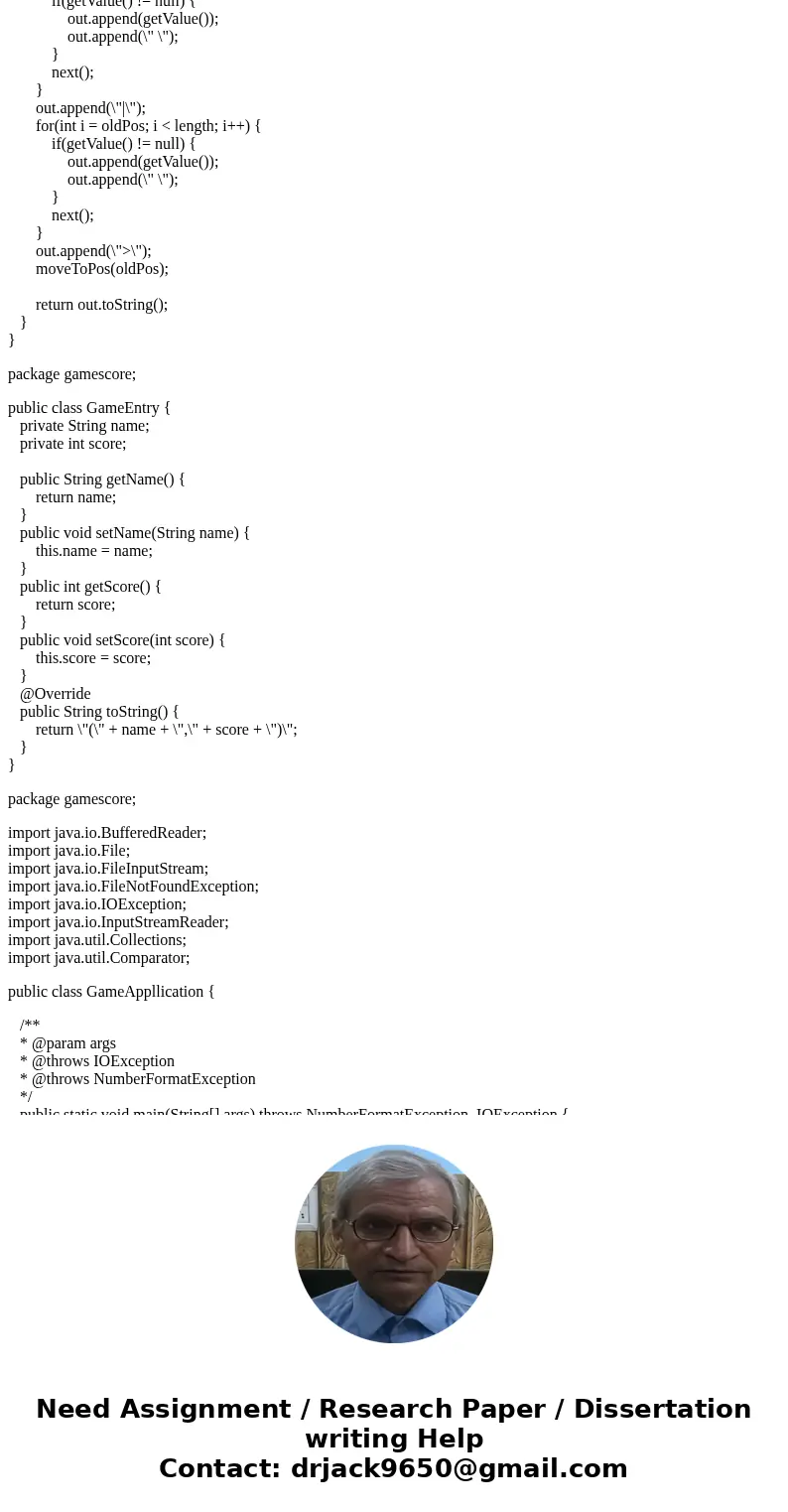
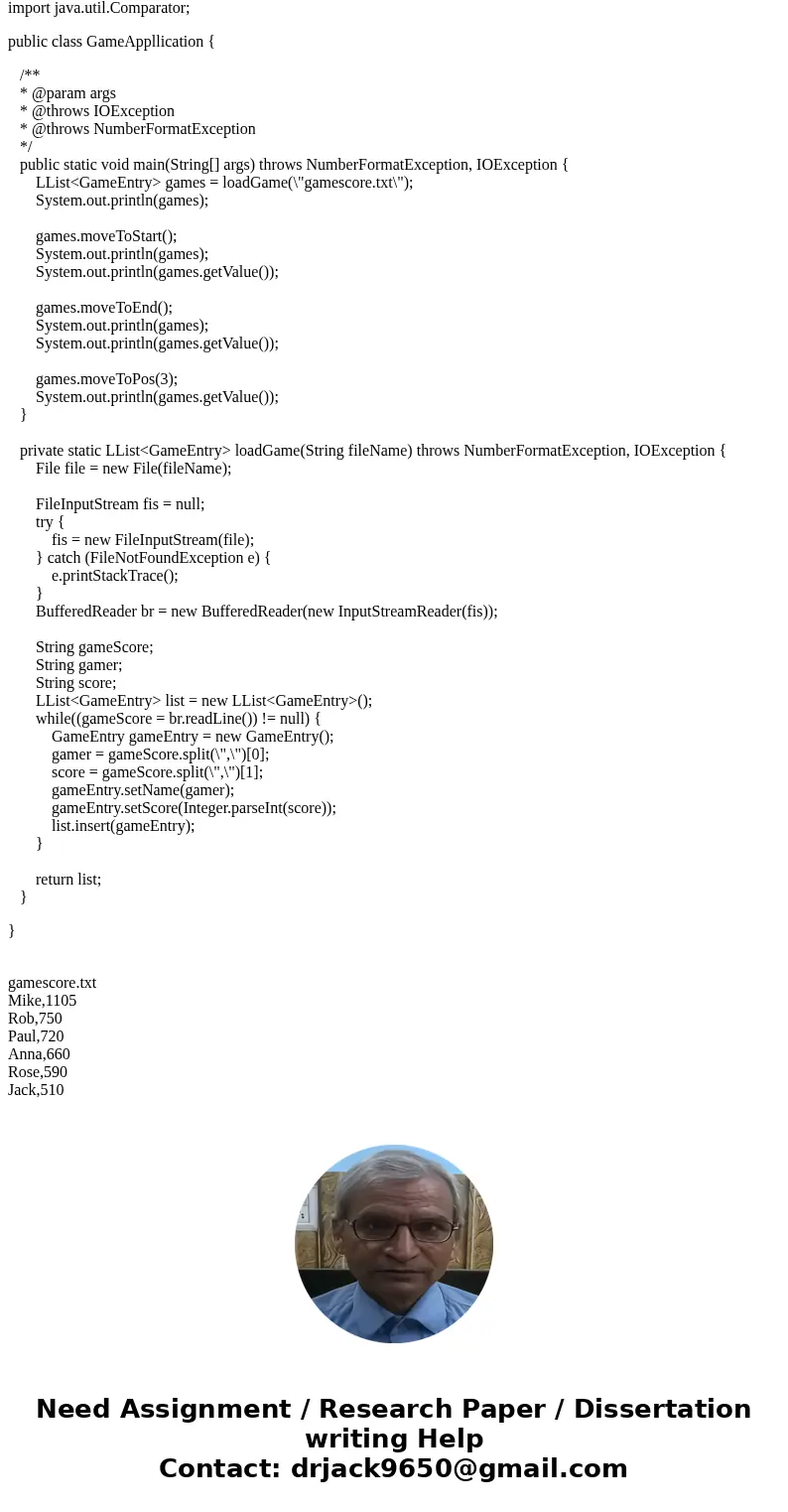
 Homework Sourse
Homework Sourse